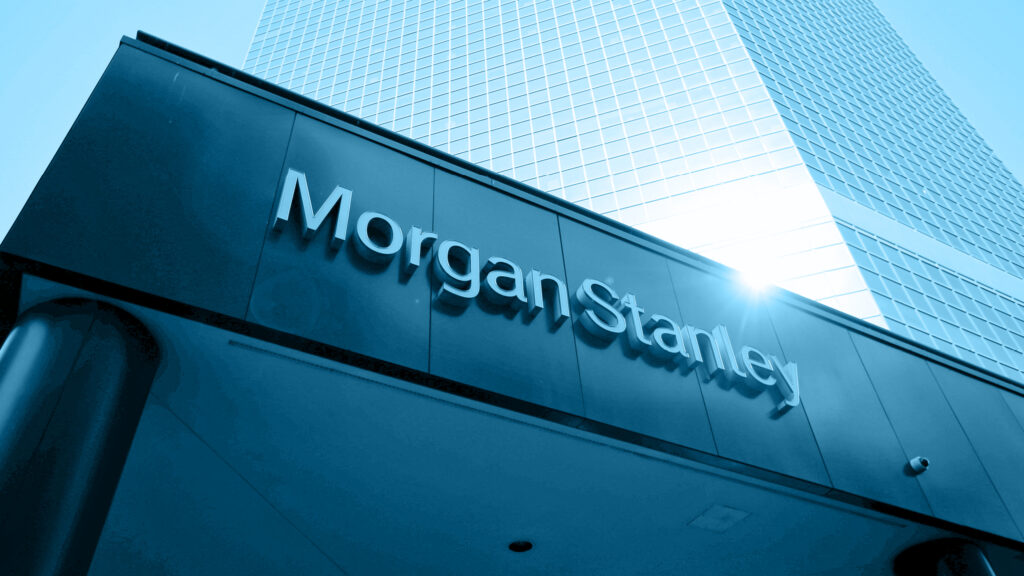When banks led by Morgan Stanley agreed to finance Elon Musk’s purchase of Twitter in April, they wanted to help an important client, the world’s richest man. Now, neither Mr. Musk nor the banks have a clear way out.
The lenders, which also include Bank of America, Barclays, and Mitsubishi UFJ Financial Group, committed $13 billion in debt financing for the deal.
According to Bloomberg calculations, their losses would be $500 million or more if the debt were sold now.
According to public documents and lawyers who reviewed them, they agreed to finance the purchase regardless of whether they could transfer the debt to foreign investors.
“I think these banks would like to get out. I think the deal makes less sense for them now and the debt is a more difficult syndicate for investors,” said Howard Fischer, a partner at law firm Moses Singer. But Mr. Fischer, a former senior litigator at the Securities and Exchange Commission who is not affiliated with Twitter, said they had no legal basis to withdraw.
Yields on junk and non-performing loans have been rising since April, meaning banks are losing money because they agreed to finance at a lower rate than the market currently accepts.

All the pain the banks are suffering from this deal comes as lenders have already suffered billions of dollars in write-offs and losses this year after central banks around the world began raising interest rates to curb inflation.
Even if the banks found buyers for Twitter’s debt in the market now, which is not certain, the sale of bonds and loans related to the deal would probably not be possible until the purchase closes. According to Deutsche Bank, banks have approximately $50 billion in loan financing that they have committed to providing in the coming months. While banks typically sell bonds and loans to finance these deals, investors are less eager to buy now than they were earlier in the year, and it’s difficult to unload that debt.
This forces banks to finance several transactions themselves, which puts pressure on their income and capital requirements. Bloomberg reported Tuesday that lenders including Bank of America and Barclays expect to finance a leveraged buyout of Nielsen Holdings next week for $8.35 billion in debt.
Representatives for Morgan Stanley, Bank of America, Barclays, MUFG, and Twitter declined to comment. A representative for Musk did not immediately respond to a request for comment.
Banks may not back out of the Twitter deal, but Mr. Musk tried. Twitter said Thursday that it doubts the billionaire’s promises to close the deal.
The company said a banker involved in the debt financing acknowledged earlier Thursday that Mr. Musk had not yet sent them a credit report or otherwise notified them of his intent to close the deal.
The lack of a loan notice in itself is not necessarily a problem. That document usually comes late in the buying decision, said David Wicklund, a partner at Vinson and Elkins who focuses on complex acquisitions and debt financings.
It is often delivered to banks two or three days before closing, so it is one of the last products ready.
But closing a major business deal usually involves a lot of paperwork that has to be negotiated between both parties. Between 50 and 80 documents could be discussed, Mr. Wicklund said.
A Delaware judge said Thursday that if no agreement was reached by October 28, he would set new dates for the trial between Twitter and Mr. Musk in November. That date comes from a statement by Mr. Musk’s team that banks must finance the debt until then.
On Monday, Mr. Musk posted a letter on Twitter saying he was making the purchase “pending the proceeds of the debt financing.” This indicated that there was doubt as to whether the banks would be able to guarantee the financing they had promised.
But in a court filing Thursday, Mr. Musk’s team said the banks’ lawyers “have indicated that all of their clients are prepared to comply.”
Bank Group initially planned to sell $6.5 billion worth of leveraged loans to investors, as well as $6 billion worth of junk bonds, split equally between secured and unsecured bonds. They also offer a $500 million loan called a revolving credit facility, which they generally plan to maintain.
Of the more than 500 million dollars in losses estimated by banks on Twitter’s debt, up to about
100 million dollars are due to the riskiest part, the unsecured bonds, which carry a maximum interest rate of about 11.75 percent for the company, Bloomberg reported earlier this year. The loss does not include fees that banks usually earn from the transaction.
The remaining losses are estimated based on where the maximum interest rates would be set for the loan and the secured bond compared to the unsecured portion. The expected loss may end up being higher or lower.
Bank Group is expected to provide money to Twitter and become a lender to the soon-to-be-indebted social media giant. Based on the commitment letter, Morgan Stanley’s largest debt would be about $3.5 billion.


